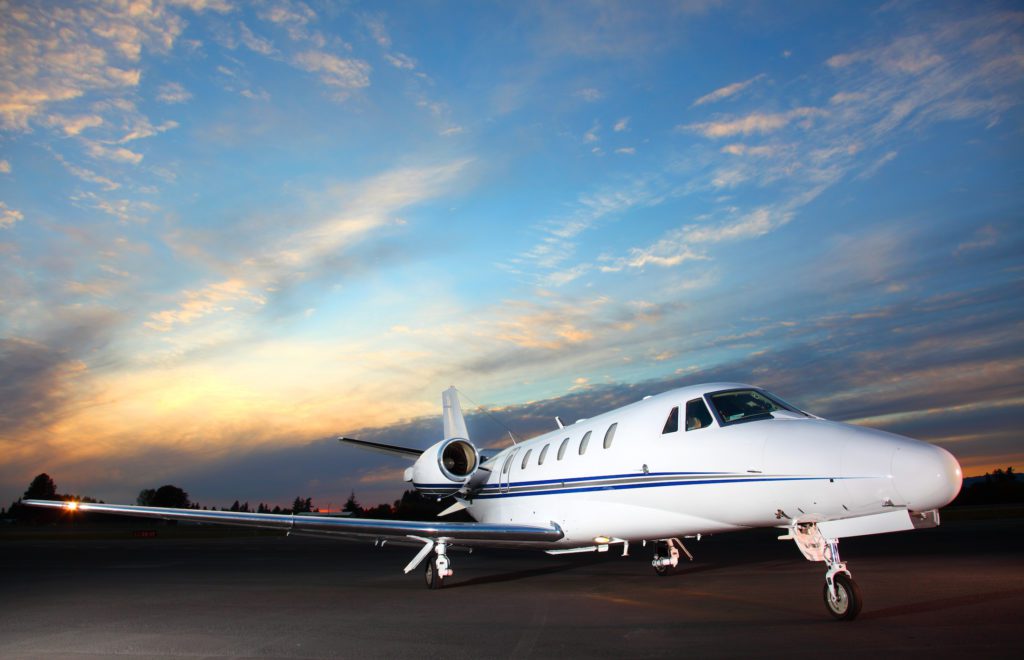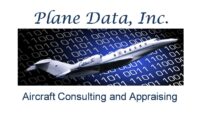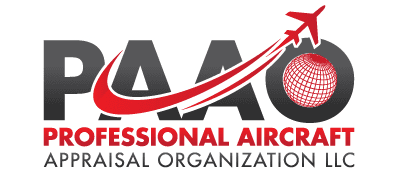Download or Read the Report Below
Below, you’ll find our report “The Benefits of Using A Professional Appraiser.” If you’d like to download this report and read it later, fill out the form below and we’ll send you a copy.
The Benefits of Using A Professional Appraiser
[Spoiler: Saves time and Money]
Knowledge is Power
If aircraft buyers could find an impartial, unbiased professional aircraft appraiser to help them analyze candidate aircraft and provide creditable, reliable, supportable data to make informed purchase decisions, it would give the buyer a huge “ advantage over most sellers.
When I talk about the methods used to select and purchase an aircraft with any number of buyers (piston or turbine), it seems their process is very similar. The buyers clearly understand their budget and needs – the type of aircraft, mission, equipment and so forth – but their next step involves going to their favorite broker, dealer or publication to see what aircraft matches both that need and budget, with very little regard for the aircraft’s “value”, or what these aircraft are actually selling for in the marketplace.
This information is not found in publications and definitely not reflected in the asking prices.
Buyers tend to overpay for the aircraft in the purchase price and therefore pay more for the related taxes, insurance and financing.
Hiring a professional aircraft appraiser to help them understand what specific aircraft to pursue and what they should expect to pay for a particular aircraft is seldom part of their research, even though it’s probably one of the most important aspects of the search.
After all, who needs a professional aircraft appraiser when there are plenty of publications, websites and any number of “experts” who can give us a number?
The question is, which number is the most accurate and reliable?
When researching the requirements of aircraft appraisers and deciding who you should hire, you may find very little information.
This is not too surprising in the aircraft industry; aside from selling, brokering or piloting aircraft, a good number of evaluators have no real training or background in analyzing both the aircraft and the market to arrive at an unbiased, creditable, reliable opinion of value – or “market value”.

So, what is the typical buyer to do and who do they hire to assist them with their aircraft search/purchase and help them understand what they should be paying?
And what should one expect from a professional aircraft appraiser?
With the variation in biases, knowledge, skills, abilities and experience of “appraisers” in the industry, along with the fragmented data of a diverse market, there can be a wide variance in value opinions for the same aircraft.
If aircraft buyers could find an impartial, unbiased professional to help them analyze candidate aircraft and provide creditable, reliable, supportable data to make informed purchase decisions, it would give the buyer a huge advantage over most sellers.
After all, why waste time and money looking at aircraft that are priced excessively to begin with?
Knowledge is power, and having the same or more information than the seller is critical; this is where the professional aircraft appraiser can provide valuable insight.
Professional Aircraft Associations Matter
The Professional Aircraft Appraisal Organization, LLC (PAAO) is the largest global organization that is focused exclusively on the evaluation and documentation of general aviation aircraft – including pistons, turboprops, business jets and helicopters.
The PAAO only accepts aviation professionals who meet its minimum requirements and all members must undergo training and testing before they are able to issue reports to the general public.
Associates of the PAAO also adhere to a strict code of ethical behavior to ensure that they act in an unbiased and independent manner – and these requirements are critical and unique in the aircraft appraisal industry.
Aircraft Training is Key
At this point, readers may be wondering about the need for training.
After all, determining an aircraft’s value involves little more than plugging in the year, make and model of an aircraft into any web tool or publication and then including the “add-fors” to determine the amount the aircraft is worth.
This is the first mistake typically made by most evaluators.
It’s important to understand that there are two basic methods used to appraise aircraft; each method starts with a basic configuration or model.
In the case of publications and websites, the typical model is the “Average Retail” number or model, which is configured with “average” time on the airframe, mid-time engines and equipped with factory original avionics.
Aside from newer aircraft, most candidate aircraft don’t fit this model, so adjustments are needed. The limitations of the publication itself, and the manner in which these adjustments are applied, can create significant errors. In one recent example I read about, a broker’s method of determining an aircraft’s price using a publication.
The aircraft in question had a G1000 system with a WAAS upgrade. So, according to the publication, the broker added $30,000 – as instructed by the publication. Here’s the problem.
While the WAAS upgrade will COST about $30,000, the actual VALUE increase is a small fraction of this amount, because the standard G1000 system for that model-year aircraft will have non WAAS units that must be replaced and the relative value difference between these two pieces of equipment is very small.
Simply adding $30,000 overvalues the subject aircraft; this is only one of the many issues that tend to occur using a publication.
Finding this type of error on ANY aircraft would pay for my appraisal fee several times over, but it is one of the smaller errors I encounter routinely in the appraisal process.
This is a mathematical model representing the specific year, make and model stripped of all key value points – a “blank page” if you will.
The aircraft’s value is then determined by what is found through field research and firsthand analysis. Essentially, the aircraft is “built”, based on the status and condition of a number of value points obtained from the field research.
What to Expect from a Professional Aircraft Appraiser
So, what should someone expect from the professional aircraft appraiser?
One of the most critical advantages a client should expect is that the appraiser will sign their report and leave his or her office to physically examine the aircraft and related records.
These two requirements are unique to NAAA members, because EVERY signed report requires a physical examination of the aircraft along with its records.
Another benefit clients should expect is that the report contains details about the subject aircraft, along with an indication of what the appraiser did or did not do, their connection to the aircraft or deal (if any), and any biases they may have.
You should also expect the appraiser to perform some analysis of the market and how the subject aircraft “ranks” in this market and why, along with any key photos and findings.
Reports that are less than ten pages long will not provide this level of analysis; rarely are these shorter reports signed.
Clients should also expect an analysis using data that is reflective of actual sales data (market value), something that really isn’t found in publications or websites.
It is important to note that publications are in the business of selling subscriptions and publishing information – NOT the aircraft appraisal business. Publications tend to distribute information they received with very little analysis – such as the WAAS upgrade from the previous G1000 example.
Many years ago, the NAAA recognized that information found in the publications was unreliable and inadequate for the purpose of valuing specific aircraft and developed their own database that was “purpose built” for appraising aircraft in a credible, reliable manner.
This database is updated monthly (versus quarterly for publications) and derived from a number of creditable reliable sources, such as the banking industry.
The analytical process generally involves an analysis of the aircraft’s specifics – such as details found in the aircraft appraisal reports involving unbiased on-site examination of the aircraft and records by trained professionals.
The market data is then matched to these details and is provided by trusted parties who have no interest in misrepresenting this information (selling prices).
The important point to understand is that trained professionals are available that can help buyers make informed purchase decisions, based on factual data.
In Summary
In many cases, key decisions can be made very early in the process to eliminate candidate aircraft (and expenses).
In other cases, the professional appraisal report will provide a basis for negotiating the price and highlighting issues to be addressed prior to closing the transaction.
It is common for the professional aircraft appraisal report to pay for itself several times over, due to the field research and detailed reporting.





